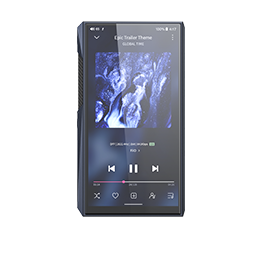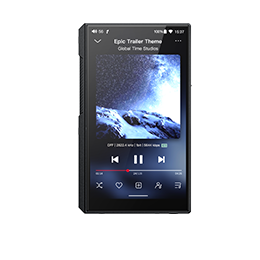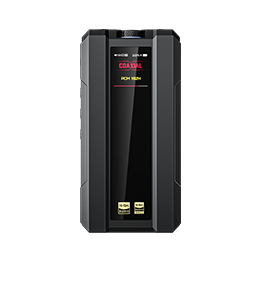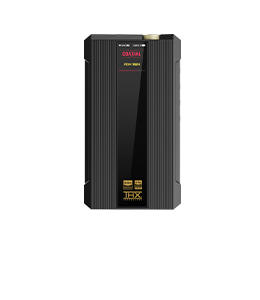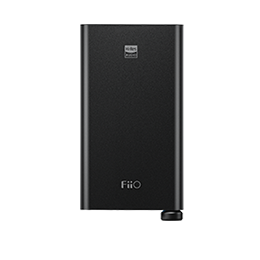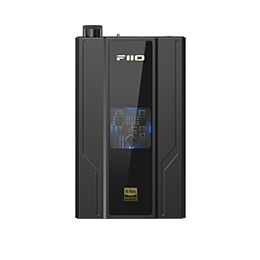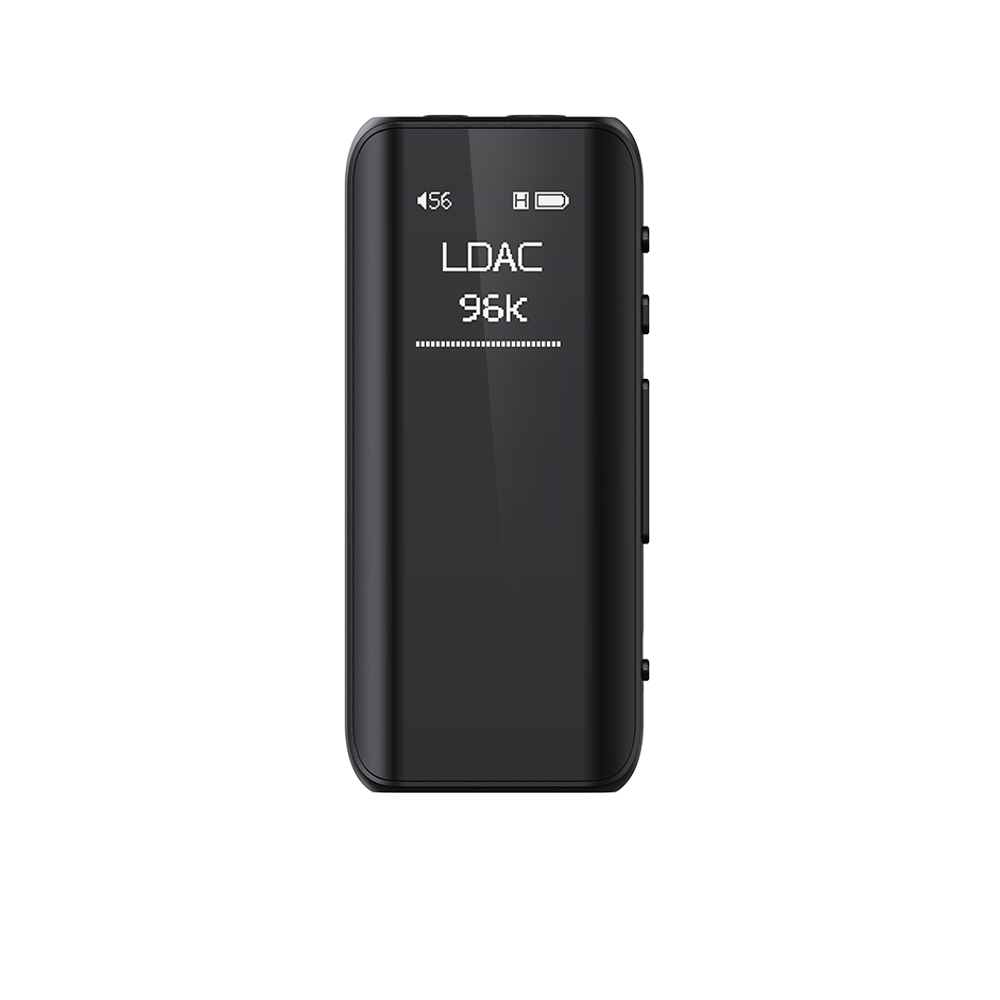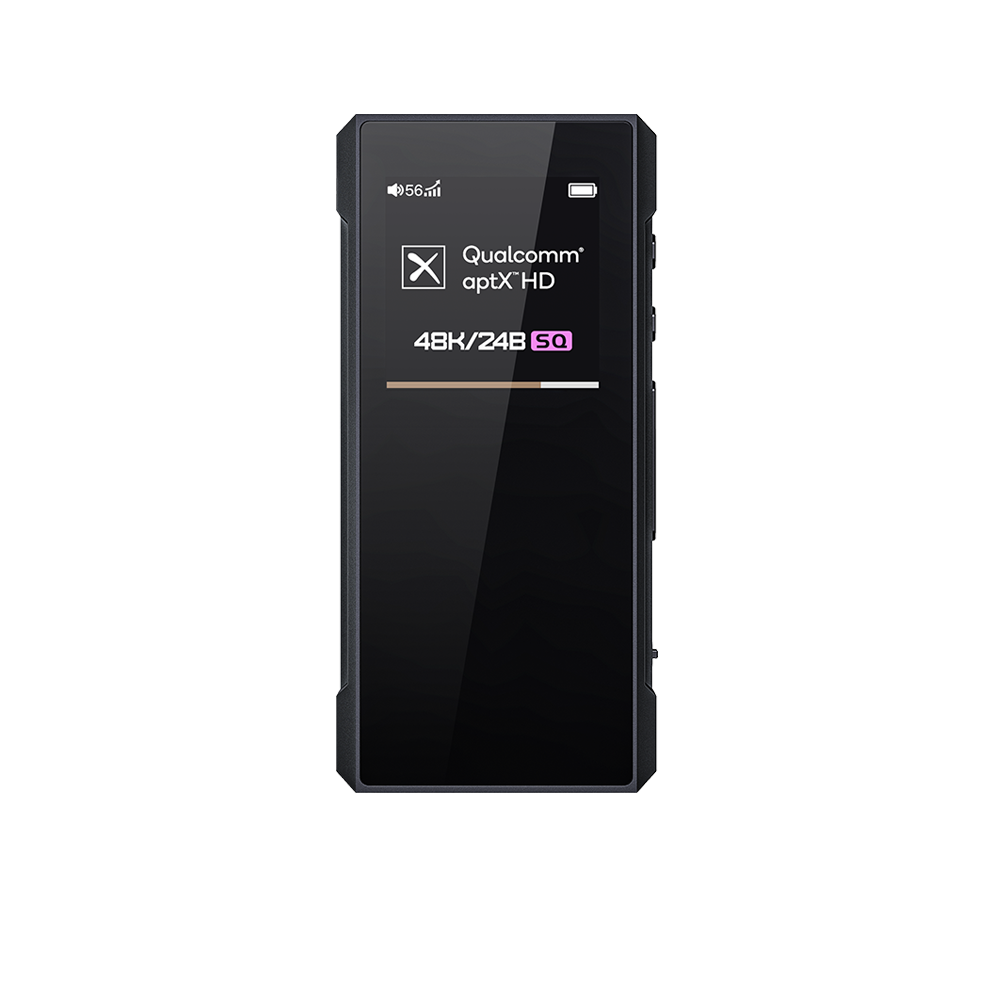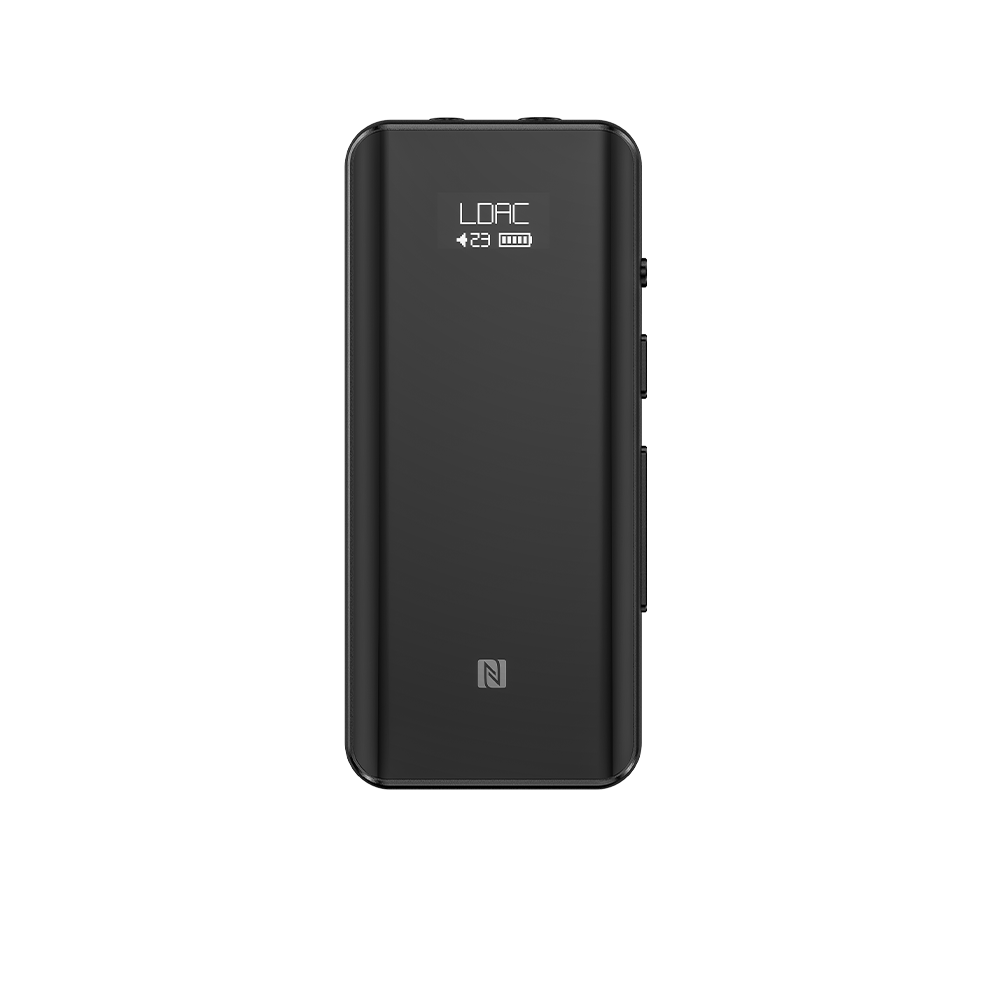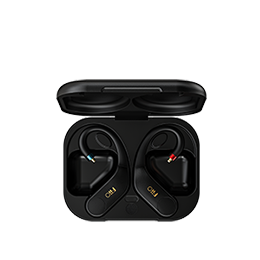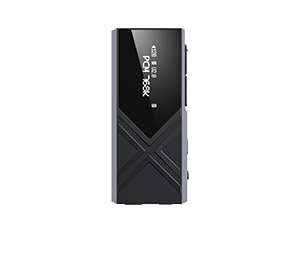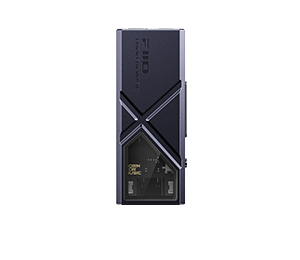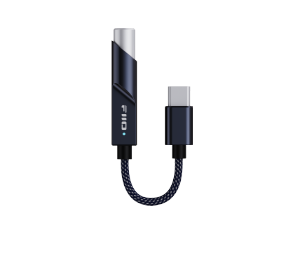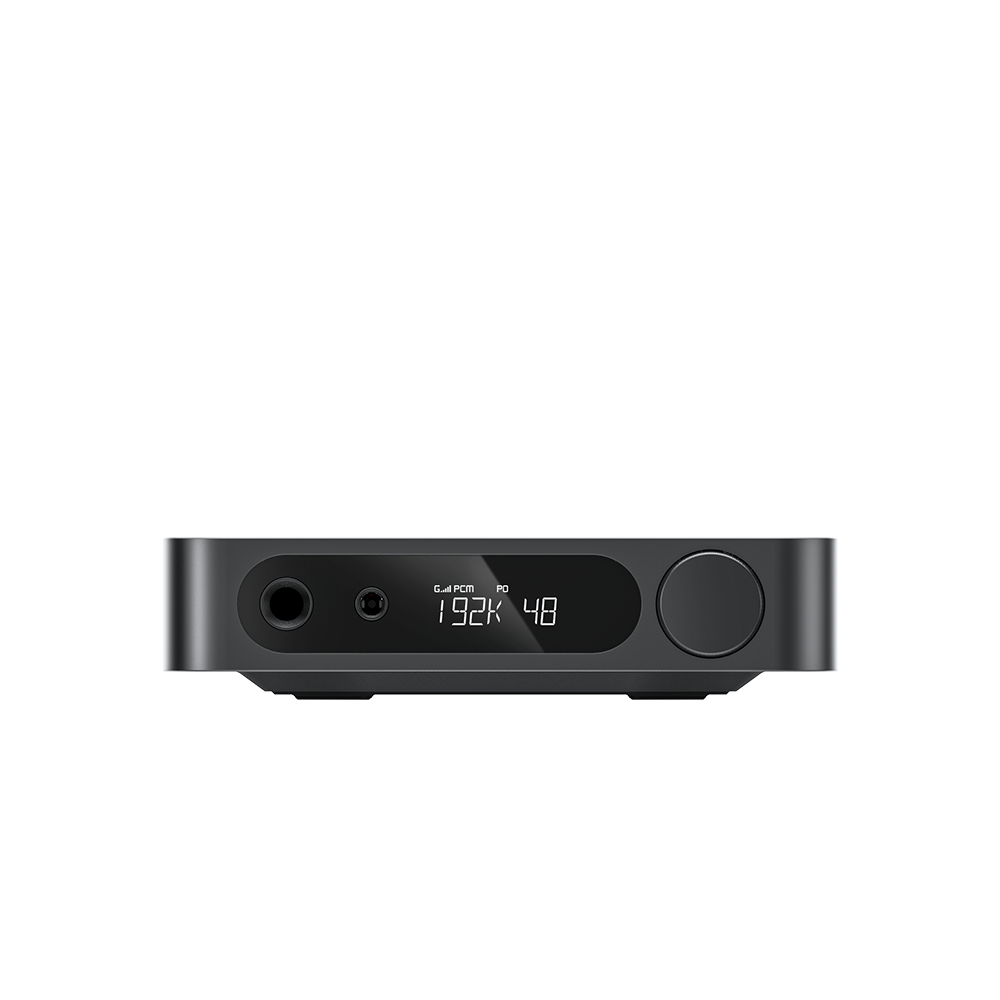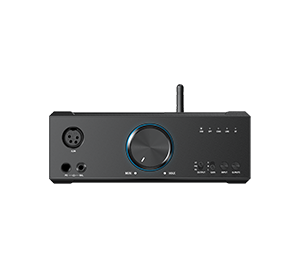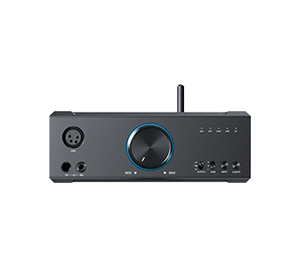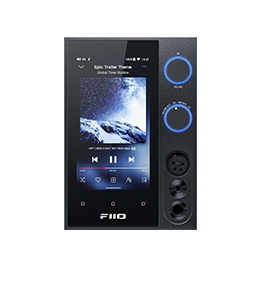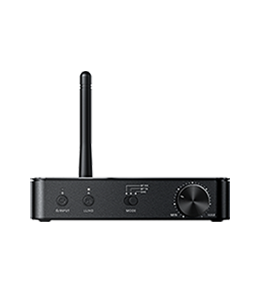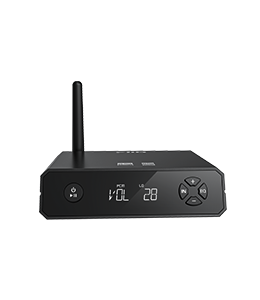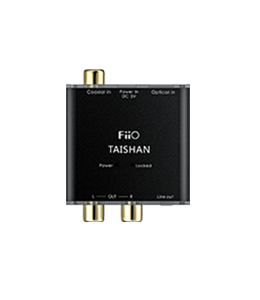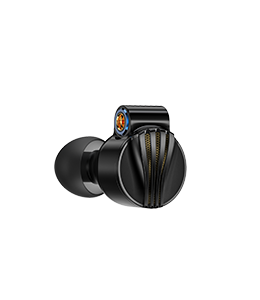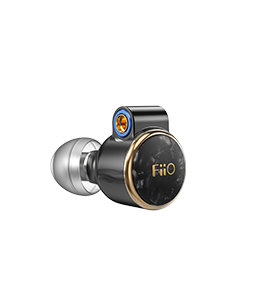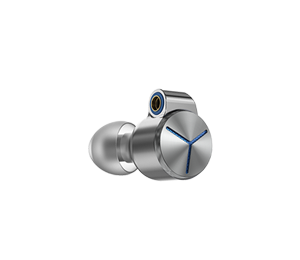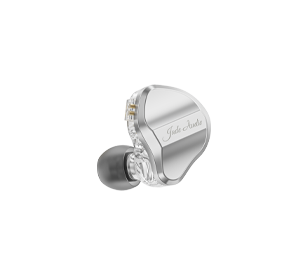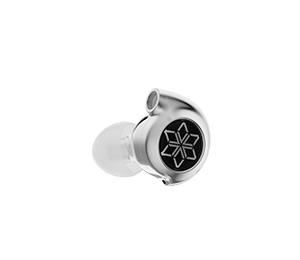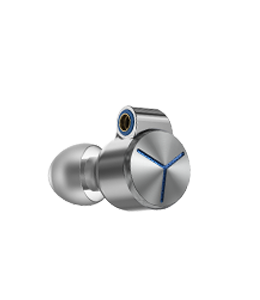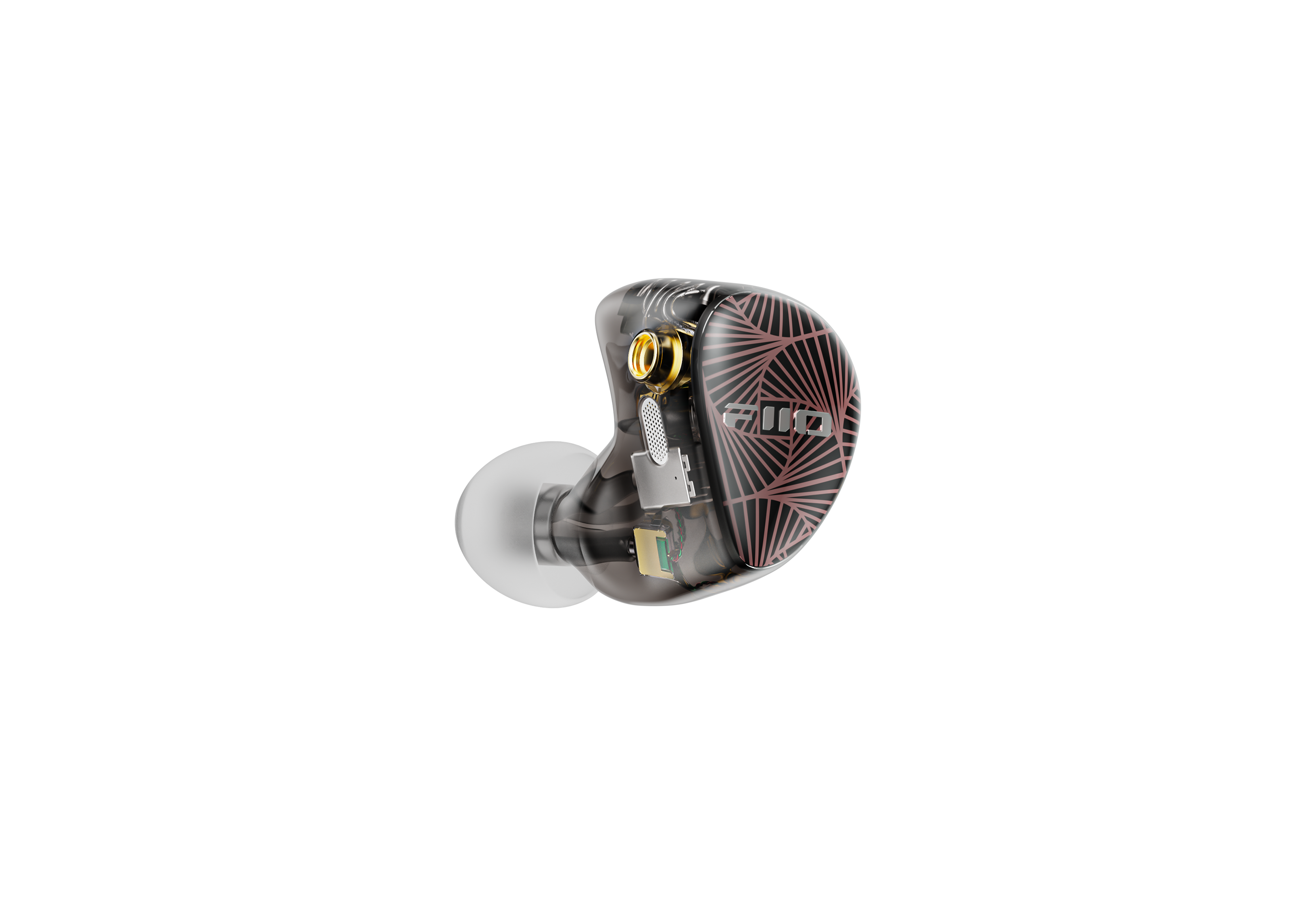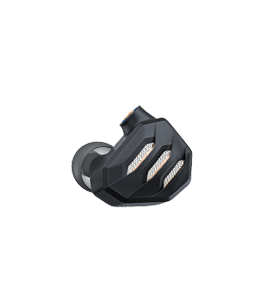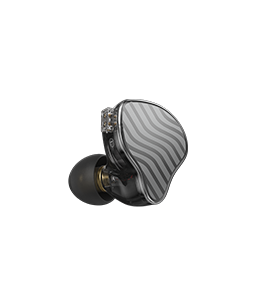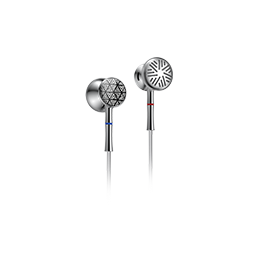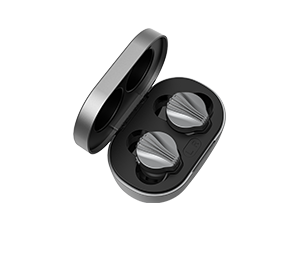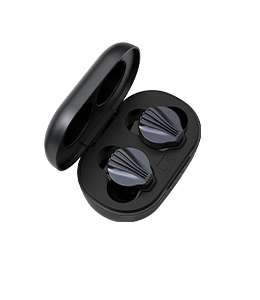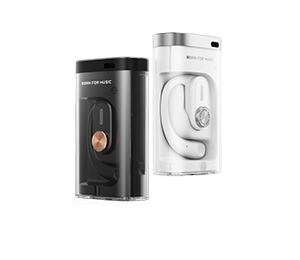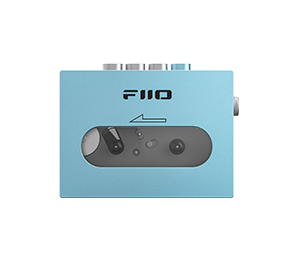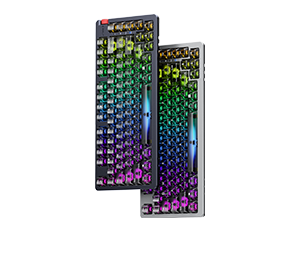22. Instructions for Settings->Audio menu
-
3.5 output selection:
switch the output mode of the multifunctional output port, with options for PO/LO/SPDIF. The default is PO. (When switching to LO, a pop-up prompt will show up saying that Line output is not affected by volume control, and switching to line output will set the output volume to maximum, potentially causing harm to headphones and human hearings! Please unplug the headphones and select the appropriate device for correct connection before switching to line output). When turning on "Adjustable volume for line output," there is no prompt.
-
4.4 output selection:
BAL/BAL LO available, with BAL out as the default.
-
Coaxial output signal setting:
This setting needs to be adjusted only when using coaxial output.
*In D2P mode, playing PCM signal will output native PCM signal; playing DSD signal, the system will convert DSD signal into PCM signal to output;
*In DoP mode, PCM signal and DSD signal will be natively output.
Note: DoP is preferred, and D2P needs to be selected if some devices do not support DoP.
-
Gain
There are four gain levels: high, medium, low, and super high gain modes, corresponding to four levels of output voltage. You can choose different gains according to your headphones.
Note: The Super high gain mode is hidden by default and available only when inserting a fast charging power supply.
-
Digital filters
There are three different filters on the M23. You can choose them according to your listening preference. Filters are some effects that come with the original DAC chip, and the adjustment is subtle for the sound.
-
Bluetooth codec
The default codec for Bluetooth transmission is the highest supported codec, and you can select the supported codec through this setting.
-
Bluetooth audio codec LDAC (playback quality)
Allows switching between different playback quality modes for LDAC, including options for prioritizing audio quality (990kbps/909kbps), balancing audio and connection quality (660kbps/606kbps), emphasizing connection quality (330kbps/303kbps), and providing optimal sound quality whenever possible (Adaptive Bitrate). Only available for Bluetooth transmission.
-
Bluetooth audio codec LHDC (playback quality)
Allows switching between different playback quality modes for LHDC, including options for prioritizing audio quality (900kbps), balancing audio and connection quality (500kbps/560kbps), emphasizing connection quality (400kbps), prioritizing low latency (256kbps), and providing optimal sound quality whenever possible (Adaptive Bitrate). Only applicable for Bluetooth transmission.
-
Bluetooth volume adjustment mode
This function is only available for Bluetooth transmission, which features “Sync Bluetooth volume” and “Indep Bluetooth volume”. The Sync Bluetooth volume should also be supported by the receiving device, otherwise, it will be unavailable. The Indep Bluetooth volume means the volume adjustment of the receiver and transmitter is independent of each other. The Sync Bluetooth volume mode can solve the issue of overly small volume when connecting to some Bluetooth headphones, such as AirPods.
-
Channel balance
Channel balance means, by adjusting the output amplitude of the left or right channel individually to build up a special listening condition suitable for the users. For users who have no difference in hearing between left and right ears, there is no need to use this function, as the output of the left and right channels of the device is balanced. The default value of channel balance is 0, each of the left and right channels can be adjusted by 20 levels, and each level has a fixed difference of about 0.5dB.
-
All to DSD
After turning on the All to DSD, the global PCM audio will be converted to DSD for output, and the sound quality will be further improved.
Principle: The most important thing of All To DSD is to convert the digital signal in PCM format to DSD format, so that the DSD format can be used when performing D/A conversion to obtain different styles of sound, more clear and natural sound. In addition, since the lowest DSD format is DSD64, which is 4 times the data of 44.1k/16bit only calculated from the amount of data, All to DSD is also equivalent to up-sampling the PCM signal. The effect of All to DSD also supports third-party apps.
-
Lineout volume adjustable
When Lineout volume adjustable is enabled, the volume during LO output will be controlled by the buttons (including both single-ended and balanced LO).
-
EQ
The global PEQ function supports EQ superposition of the FIIO Music and other third-party apps. Here are the processes after enabling the PEQ on the system.
(1) Over 192k sampling rate- SRC processing;
(2) Priority: All to DSD>PEQ>MQA.






